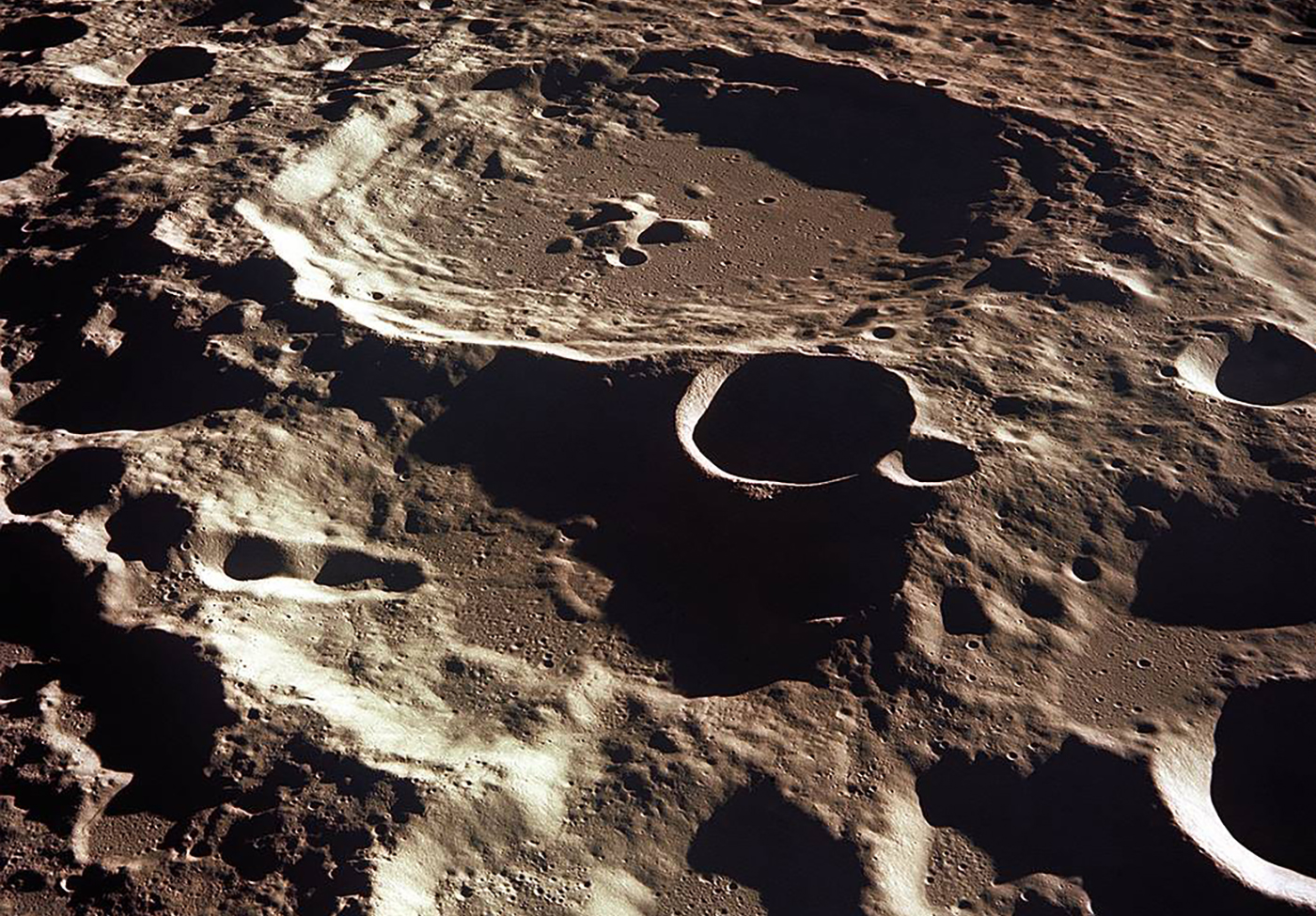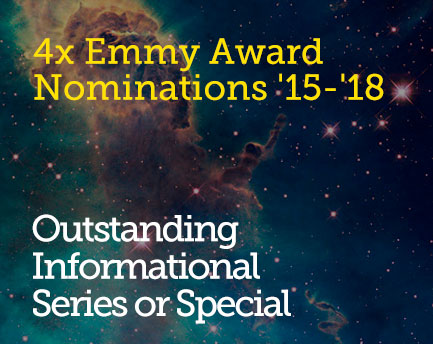September 6, 2020 8:56 pm
Neil deGrasse Tyson and Planetary Scientist Raquel Nuno Answer Cosmic Queries About the Moon
A lot of us see the Moon as an astronomical object. A place where the astronauts landed. A place we follow along in the night sky. However, the Moon is also something else: a geological body. On this episode of StarTalk Radio, Neil deGrasse Tyson and comic co-host Chuck Nice answer fan-submitted Cosmic Queries about lunar geology with planetary scientist Raquel Nuno.

Crater Daedalus on the lunar farside as seen from Apollo 11. Image Credit: NASA.
Raquel is a PhD candidate in the Department of Earth, Planetary, and Space Sciences at UCLA, and her goal is to change your mind about the Moon! To start, you’ll learn the truth: we don’t know very much about the Moon. Why is that? Raquel tells us how the Moon has served as a celestial witness to everything the Earth has experienced.
Discover more about our trips to the Moon. We discuss why, even though we went to the Moon, we haven’t come close to exploring a lot of the Moon, along with our current inability to send people back to the Moon. Raquel fills us in on the Moon’s incredible geologic history, and we explore surprising discoveries that were made by studying samples and moon rocks.
A fan asks us, “Why does the Moon have so many craters and the Earth doesn’t?” We explore some of the craters the Earth does have and also why there are significantly less craters on Earth than on the Moon. You’ll find out how ice forms on the Moon. Raquel explains how “water is created out of thin space.” And, we investigate Theia and the “giant-impact” hypothesis.
Lastly, we uncover the truth about the dark side of the Moon. We discuss the “light” and “dark” regions of the Moon. What would it take to make the Moon habitable? Could we terraform the Moon? What would happen if the Moon broke into pieces? All that, plus, we ask, is it possible for a moon to have a moon?
Please join us tomorrow for Cosmic Queries – Lunar Geology at 7pm ET right here on our website, as well as on Apple Podcasts, Google Play Music, SoundCloud, Spotify, Stitcher, and TuneIn. If you’re a StarTalk+ Patron you can watch or listen to this episode ad-free at 7pm, too.
That’s it for now. Keep Looking Up!
– Ian Mullen
Get the most out of StarTalk!
Ad-Free Audio Downloads
Ad-Free Video Episodes
Stickers & Mugs
Live Streams with Neil
Priority Cosmic Queries
Early-Access Videos
Learn the Meaning of Life
...and much more

 Become a Patron
Become a Patron

